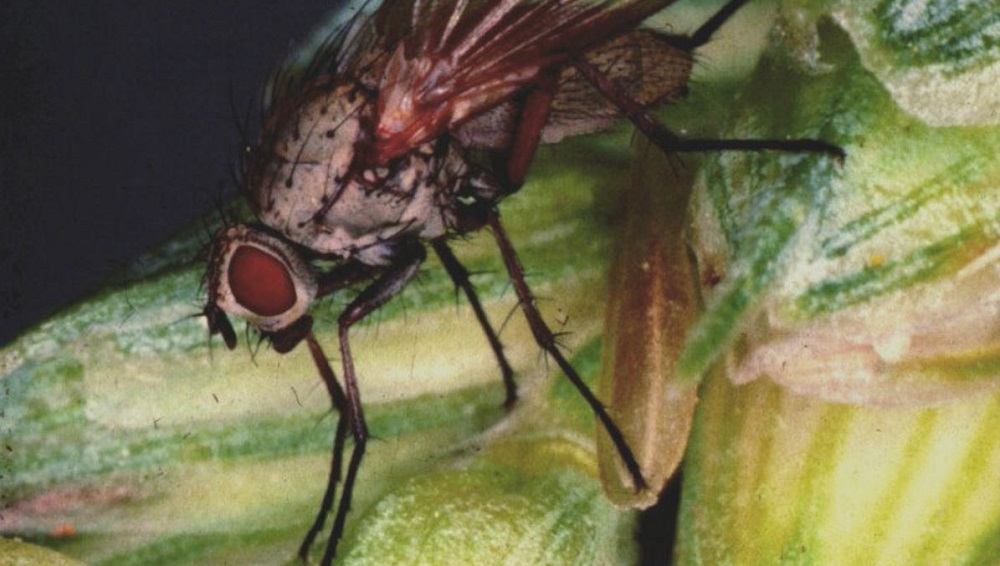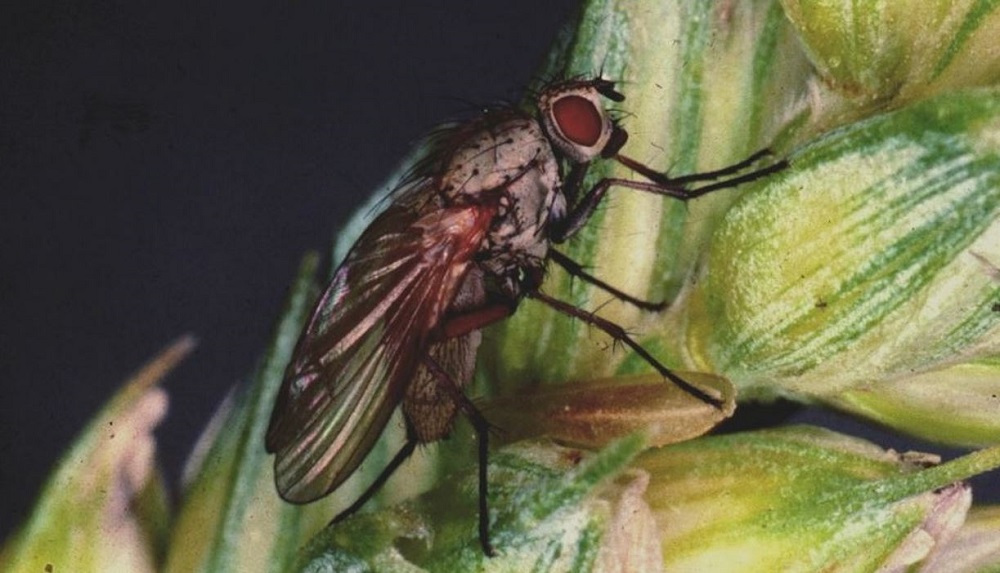- Home
- Knowledge library
- Autumn survey of wheat bulb fly incidence (2012–23)
Autumn survey of wheat bulb fly incidence (2012–23)
Summary
The problem
With the exception of oats, all cereals can be attacked by wheat bulb fly (WBF). Damage is most frequently reported in winter wheat. The pest is most prevalent in eastern England but numbers fluctuate considerably from year to year. Due to recent withdrawals, chemical control options are limited to seed treatments. The thresholds for treatment are as follows:
- Early-sown wheat crops (before November) are unlikely to benefit from seed treatment
- For late-sown wheat crops (November to December), seed treatments should be considered where WBF populations exceed 100 eggs/m2
- For very late-sown crops (January), seed treatments should be considered irrespective of the WBF population size (unless no eggs are present)
Note: Drill treated seed at the recommended depth of 2.4–4.0 cm in a firm, even seedbed. Signal 300 ES (cypermethrin) seed treatment must only be applied to cereal seed sown in the autumn/winter. Treated seed must not be sown after 31 January, as this is defined as the end of the winter period by CRD.
The project
The main aim of this project was to continue the autumn survey of WBF levels, based on egg extraction from soil samples (which started in 1984).
The survey results aimed to help the industry make crop management decisions, especially those relating to seed treatments.
The survey involved taking soil samples in September from 30 fields prone to WBF attack (split equally across sites located in the East and North of England) and calculating the number of WBF eggs per square metre.
An early indication of risk, based on a subset of sites, was published each Sepember. The final indication of risk, based on all sites, was published in October.
However, the survey approach was relatively costly and time consuming. It was also based on relatively few sites. Following a cost-benefit analysis and several relatively low-risk years for the pest, a decision was made to stop the survey after the 2023–24 growing season.
Because of the need to identify alternative approaches to assess WBF risk, the work also investigated more rapid, lower-cost monitoring methods, including the potential to predict risk using a meteorological model. A molecular method to detect WBF DNA in soil samples was also validated as part of the project. If an indication of WBF risk can be provided earlier in the autumn, better decisions on seed treatment, sowing date and seed rate could be made.
Also...
How to manage wheat bulb fly risk in cereals
What the long-term monitoring data shows (Agronomists' Conference 2022 video)
New tools for a post-insecticide era (February 2023 CPM article)



